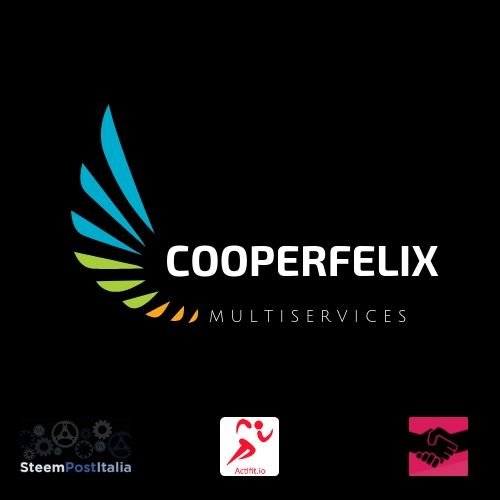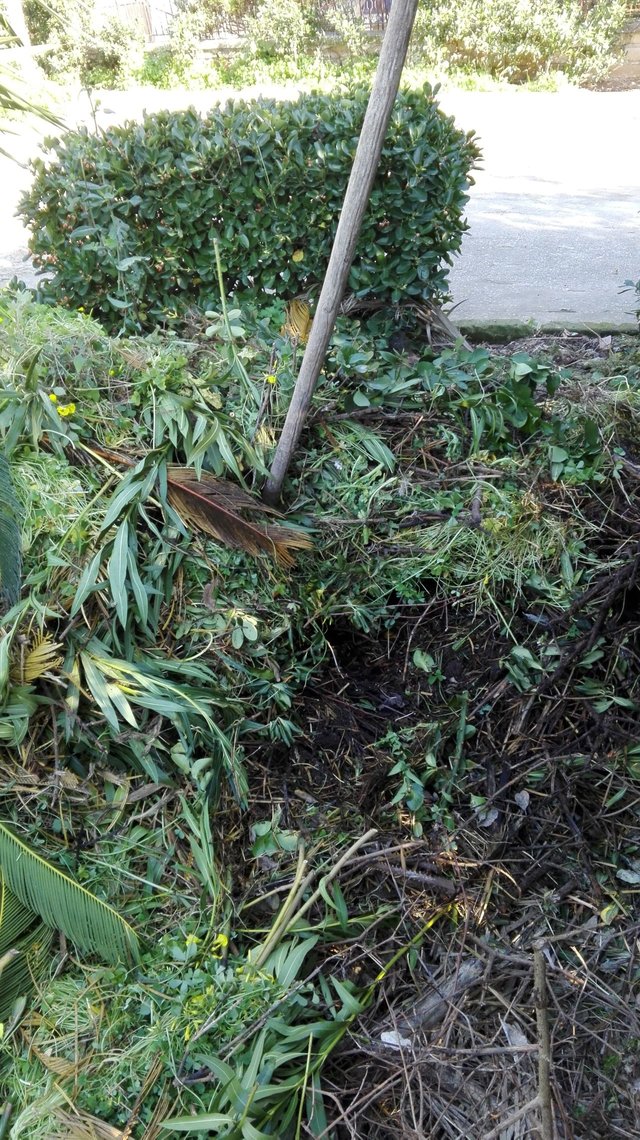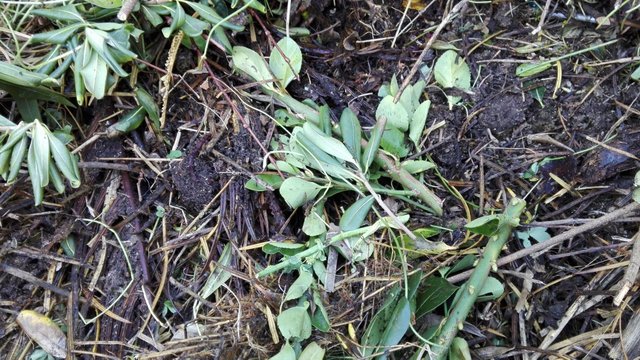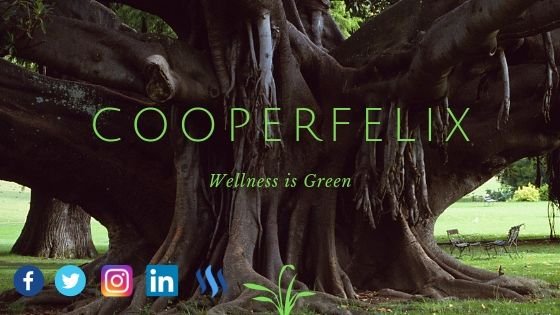THE CF M PROJECT update to 19 02 2019

Hello Steemians friends and welcome back to read. As already mentioned last week the project is going through a deadlock, unfortunately the slowness of the Italian bureaucratic machine is disarming, but this must absolutely not influence our good intentions, we are sure that soon we will receive some answers, we must be patient. Meanwhile, during the wait, the beautiful days and the passion, give space to the vitality and the desire to do. Like every year in this period, in my house, we start gardening to keep the shrubs lush, taking advantage to accumulate a small amount of firewood for the winter. We had left with a suspense, after having hoed the entire flowerbed that will be used for sowing a kind of grassy coat called Dicondra (I'll talk about it soon), with the means at my disposal, I started to accumulate a new amount of biomass destined for the composting process. My garden is big enough to be able to produce large quantities of mown grass and cuttings of pruning plants, and for years we have reserved a space exclusively for the production of compost. It consists of a ditch of about 2x1 meters, and about 2 meters deep, long ago housed a tank of gas that was connected to the heating system of the house, then decided to disconnect and buy a smaller one to be able to stay on the ground. So we decided that the ditch would be the place where we produce our compost, and every year during the maintenance of the garden we left a certain amount of weeds in the ditch and now we can see the results, I add some photos below.

As can be seen from the pictures, the choice of place was dictated above all by the favorable conditions that would have optimized the process of bio-oxidation as, the ditch was located exactly behind the large hedge overlooking the main road, being the ditch quite deep and surrounded by hedges and tall trees, the shaded area would have been optimal for the composting process, the sun would have reached only a small part of the heap and would only have lapped the upper layer thus favoring the proliferation of fungal microbacteria in the underlying layers, however, some time has passed before obtaining certain results. The difficulties of production in heaps are obvious: the cumulus should be mixed several times to ensure homogeneity between the different species of biomass put in contact, also should be oxygenated and for this we must periodically turn it and this costs not little effort, moreover a production in heaps would make the work of checking the hygrometric parameters is very difficult because some parts of the cumulus will be more humid than others and this could entail different complications during the process as well as the development of bacteria that generate an unbearable stench and that could annoy the neighbors. All these difficulties have been overcome by adopting the production in the ditch, this has allowed to obtain a dark brown earthy composite tending to black, as you can see from the photos, which smells like mildew, damp to the touch and that has completely filled the ditch previously present. I would say that the experiment was successful and the result was surprising, and it is from these considerations that the need arises to start the production of compost by purchasing professional and quality equipment, crushing the biomass and depositing it in special containers called composter, this it would make it easier and more convenient to control small quantities of biomass with optimal results during the process, also grinding the shrubs and mowing would result in a relatively small cumulation of biomass that could degrade in less time than in the ditch (having filled with whole weeds). All this would make the production process optimal and allow the regime to be reached faster.

The graph shown in the figure represents the qualitative trend of the process of bio-oxidation related to a composter unit. Under optimal conditions and neglecting unexpected events of different kinds (floods, too humid biomass, the birth of harmful and foul-smelling pathogens, etc. ..) the production cycle of a composter could be summarized with a pattern shown in the figure where different phases can be distinguished : during the first month the biomass contained in the composter would be left to macerate without many control interventions. After about 3-4 weeks the mixture should start to show evident signs of rarefaction, the process of bio-oxidation has started to show signs of activity, during this period the temperature of the biomass rises up to about 60 ° C. During the entire second month the composter is subjected to periodic checks of temperature and humidity inside, so as not to make the mixture too wet, this would cause an anomaly during the process and would make the compost rotten, therefore foul-smelling and not marketable . In this period, moreover, the mixture should be turned over several times in order to oxygenate it and bring out parts that are not totally decomposed or in the oxidation phase, thus favoring the activity of the bioxifying agents. During the entire third month the mixture is left to mature until the mixture is well stabilized and with a very dark color, which gives off the smell of undergrowth, at this point a sample of compound is taken and sent to the laboratory for analysis, for the verification of parameters of marketability, the C / N (carbon / nitrogen ratio) and the germination value. At the end of the analyzes, when the results are received, the composter is emptied and the biomass is sieved with a mesh sieve which is not too tight, so as to sift small parts that are not completely pulverized. The sieved part will be packaged with special tools and sealed in bags with a capacity of 20 liters and marketed, the remaining part not completely biodegraded will be mixed in the composter with another mixture to be used for the process. Assuming that there are no anomalies during the process and guaranteeing a sustainable quantity of compostable material, at the end of the 4th month and at the beginning of the 5th month of activity we will record a constant trend of the curve having added a new quantity of biomass destined to the same composter to the composting process, thus creating a cyclical production process on the single composter. Considering that in the financial plan presented by us, 80 composter units have been estimated so that a part will be used for the production of fresh compost suitable for floriculture use and another part for the production of more mature and stable compost intended for a massive use in the agricultural-biological sector, we expect to reach the regime condition after the first year and a half of activity.

I hope I have not bored readers with incomprehensible words and graphics, we want to make the project understandable in detail to our Supporters for a question of transparency but above all because we like to make people participate in projects in their entirety, explaining in the easiest way and precise as possible the aims and the success of the project. We leave you with an affectionate greeting and thank you very much the Supporters who every week contribute to making this project magnificent, and thank very much the Fundition Platform that gives the enterprising and ambitious people the opportunity to realize small works but that together could give a change and a change net of direction to decline to which the world seems destined. We hope to hear from you again with good news and celebrate with you all.
For any donations we refer to the following links:
THE CF-M PROJECT on Fundition
THE CF-M PROJECT on Discord
Wellness Is Green
The CooperFelix - Multiservices invites the users to take a look at the objectives of the project, hoping for your participation
The image is owned by the author and the use, reproduction or quotation without authorization is forbidden



Congratulations! This post has been upvoted from the communal account, @minnowsupport, by paololuffy91 [italian] from the Minnow Support Project. It's a witness project run by aggroed, ausbitbank, teamsteem, someguy123, neoxian, followbtcnews, and netuoso. The goal is to help Steemit grow by supporting Minnows. Please find us at the Peace, Abundance, and Liberty Network (PALnet) Discord Channel. It's a completely public and open space to all members of the Steemit community who voluntarily choose to be there.
If you would like to delegate to the Minnow Support Project you can do so by clicking on the following links: 50SP, 100SP, 250SP, 500SP, 1000SP, 5000SP.
Be sure to leave at least 50SP undelegated on your account.
This project is being supported by @Fundition the next-generation, decentralized, peer-to-peer crowdfunding and collaboration platform, built on the Steem blockchain.
Read the full details of Fundition Fund program
Learn more about Fundition by reading our purplepaper
Join a community with heart based giving at its core
Fundition is a non profit project, by supporting it with delegation you are supporting 200+ projects.
50SP100SP200SP500SP1000SP2000SP5000SP10000SP
Hi, @cooperfelix!
You just got a 1.85% upvote from SteemPlus!
To get higher upvotes, earn more SteemPlus Points (SPP). On your Steemit wallet, check your SPP balance and click on "How to earn SPP?" to find out all the ways to earn.
If you're not using SteemPlus yet, please check our last posts in here to see the many ways in which SteemPlus can improve your Steem experience on Steemit and Busy.